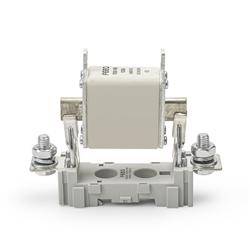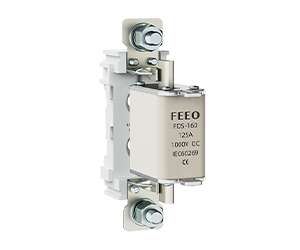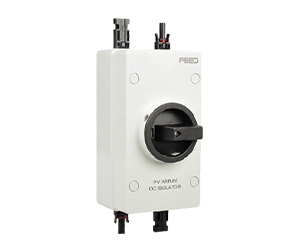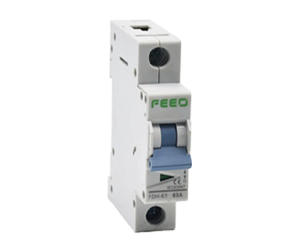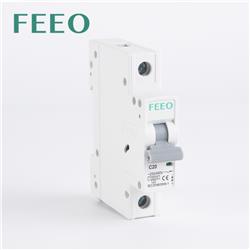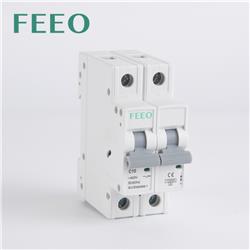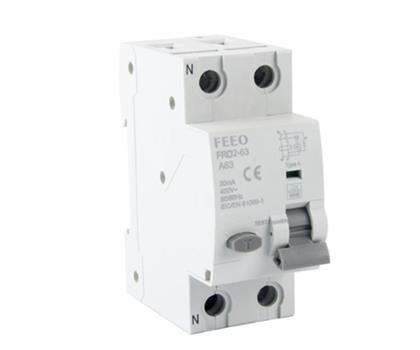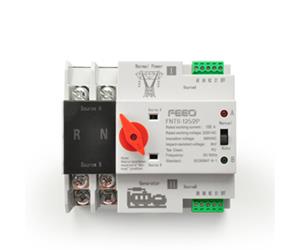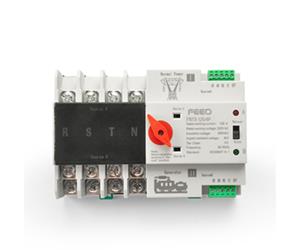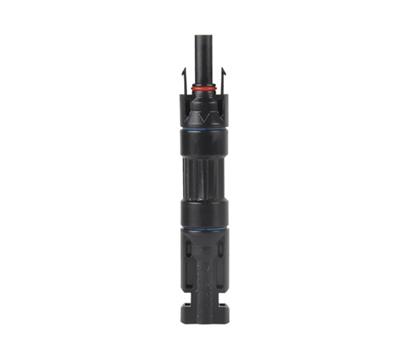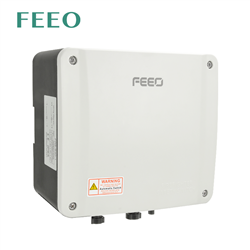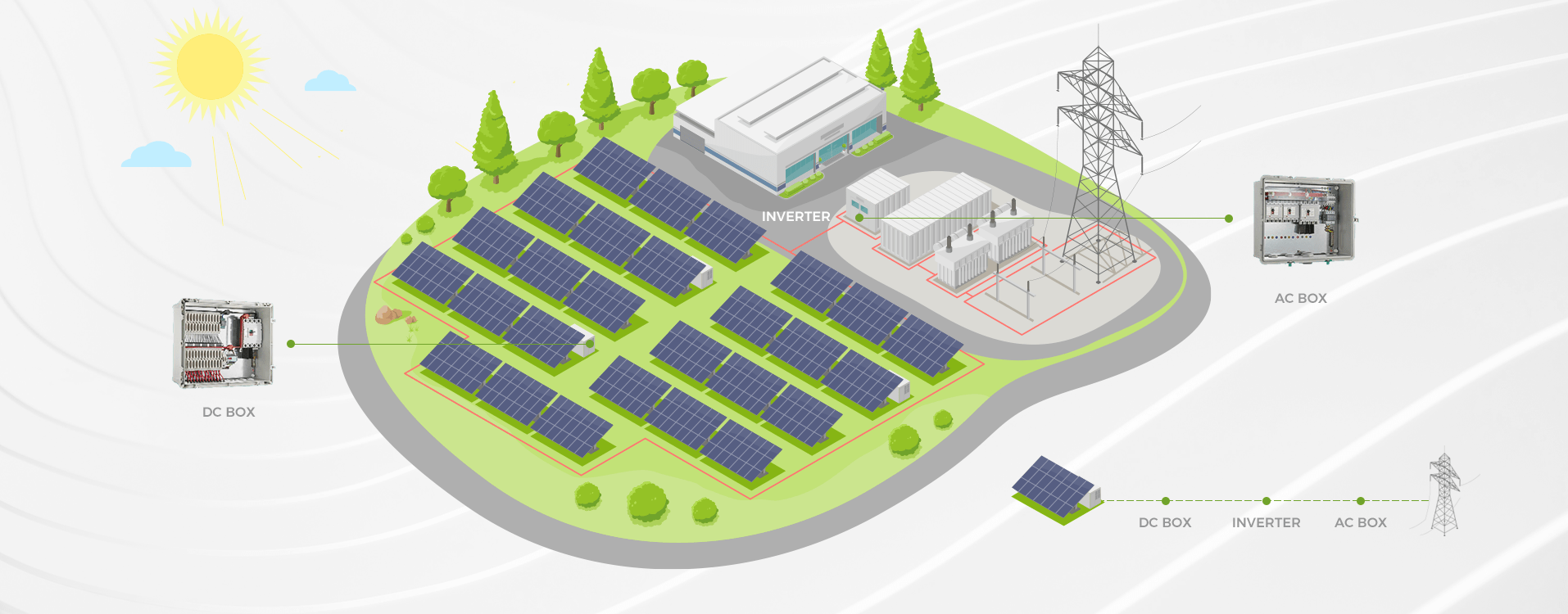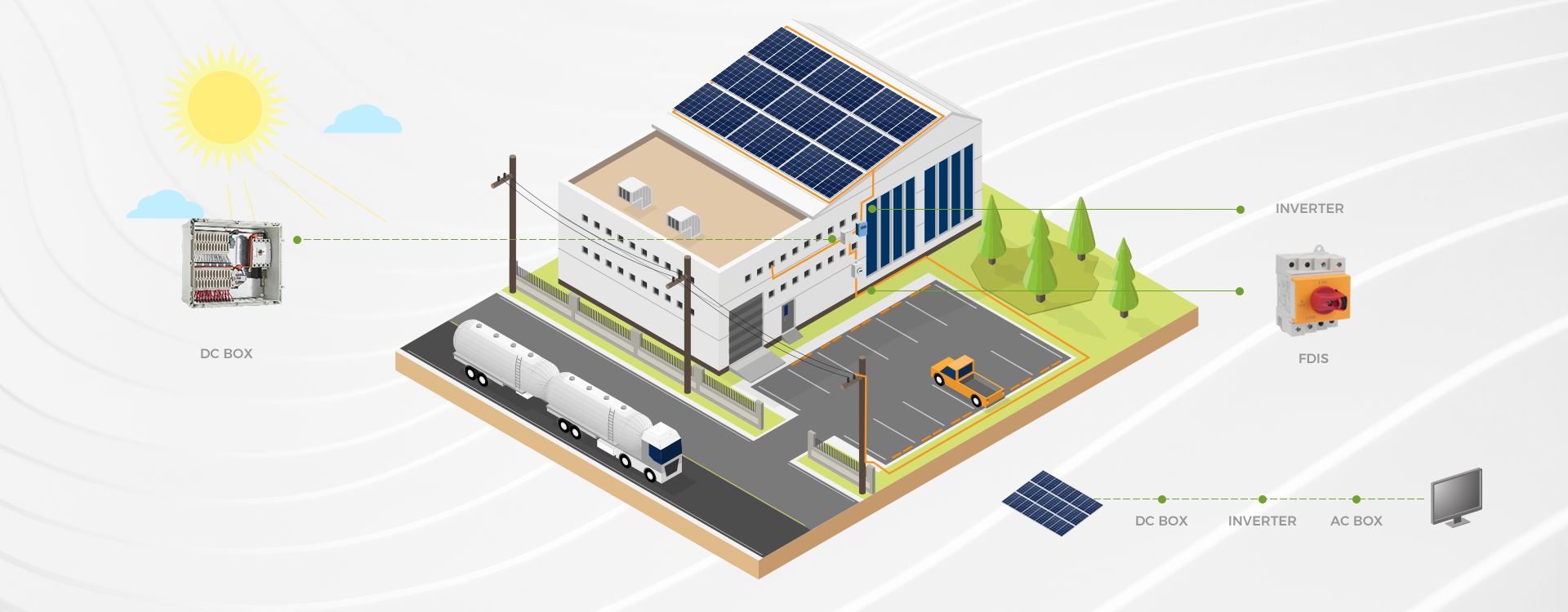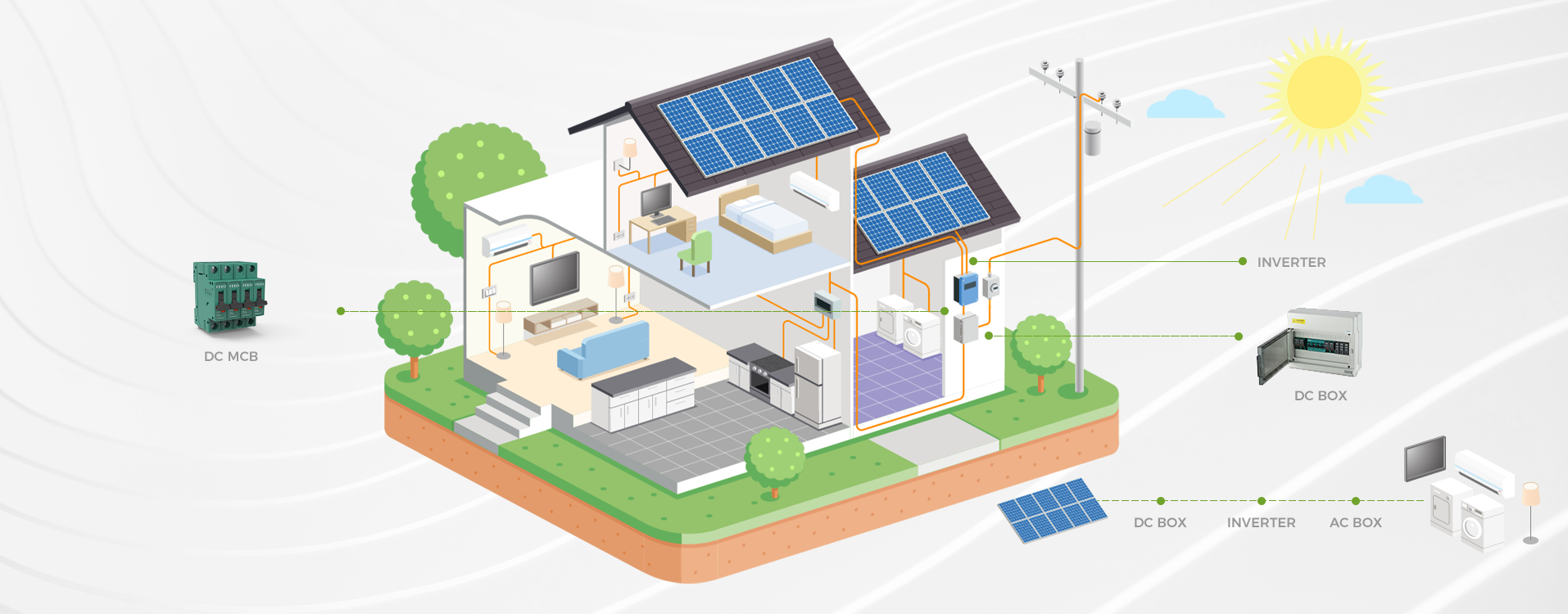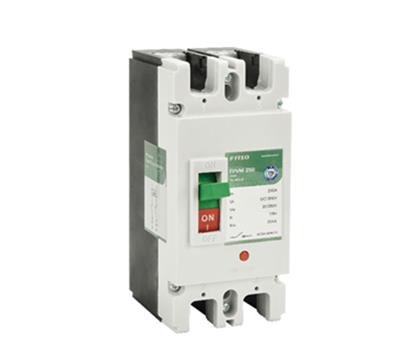DC MCBs or miniature circuit breakers are critical components in any solar power system. They safeguard your system against overcurrents and short circuits that can damage your equipment or cause fires. Selecting the right DC MCB is essential to ensure the safety and reliability of your solar power system. In this article, we will guide you through the process of selecting a suitable DC MCB for your solar power system.
Determine Your System's Voltage and Current Ratings
Before you begin selecting a DC MCB, you need to determine your system's voltage and current ratings. Your solar panels' voltage rating and your inverter's current rating will determine the DC MCB specifications you need. Knowing your system's voltage and current ratings will help you select a DC MCB with the appropriate voltage and current rating to handle your system's maximum output.

Select a DC MCB with a Suitable Current Rating
The DC MCB's current rating is the maximum current it can handle without tripping. You need to select a DC MCB with a current rating that matches or exceeds your system's maximum current rating. You can calculate your system's maximum current rating by dividing the maximum power output of your solar panels by your inverter's voltage rating.
For example, if your solar panels can produce a maximum power output of 2000W and your inverter's voltage rating is 240V, your maximum current rating would be 8.33A (2000W/240V). Therefore, you need to select a DC MCB with a current rating of 8.33A or higher.

Consider the DC MCB's Voltage Rating
The voltage rating of the DC MCB is the maximum voltage it can handle without breaking down. You need to select a DC MCB with a voltage rating that matches or exceeds your system's maximum voltage. Your system's maximum voltage can be calculated by multiplying the number of solar panels in a string by the panel's voltage rating.
For example, if you have ten solar panels connected in a string, and each panel's voltage rating is 24V, your system's maximum voltage would be 240V. Therefore, you need to select a DC MCB with a voltage rating of 240V or higher.

Look for Certifications and Standards
It's essential to select a DC MCB that has been tested and certified for safety and performance. Look for certifications and standards such as TUV and CE, which indicate that the DC MCB has undergone rigorous testing and meets industry standards.
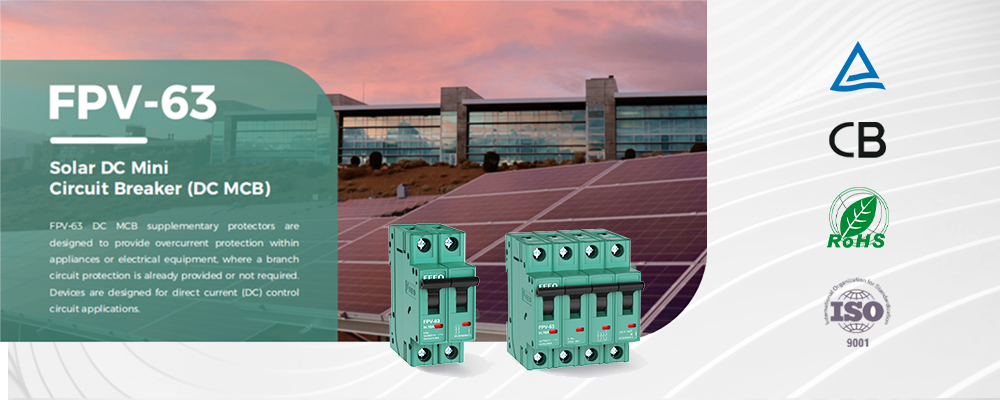
Choose the Right DC MCB Type
There are several types of DC MCBs available, such as single-pole, two-pole, and three-pole DC MCBs. The type you choose will depend on your system's requirements and your specific installation needs. For example, a single-pole DC MCB may be suitable for small solar power systems, while a three-pole DC MCB may be required for larger systems.

Consider Other Factors
Other factors to consider when selecting a suitable DC MCB for your solar power system include the DC MCB's breaking capacity, size, and mounting options. The breaking capacity of a DC MCB is the maximum current it can interrupt safely. The size and mounting options will depend on the available space and installation requirements.
Conclusion
Selecting the right DC MCB is crucial for the safety and reliability of your solar power system. You need to consider your system's voltage and current ratings, the DC MCB's current and voltage ratings, certifications and standards, type, breaking capacity, size, and mounting options. With these factors in mind, you can select a suitable DC MCB that meets your system's needs.













